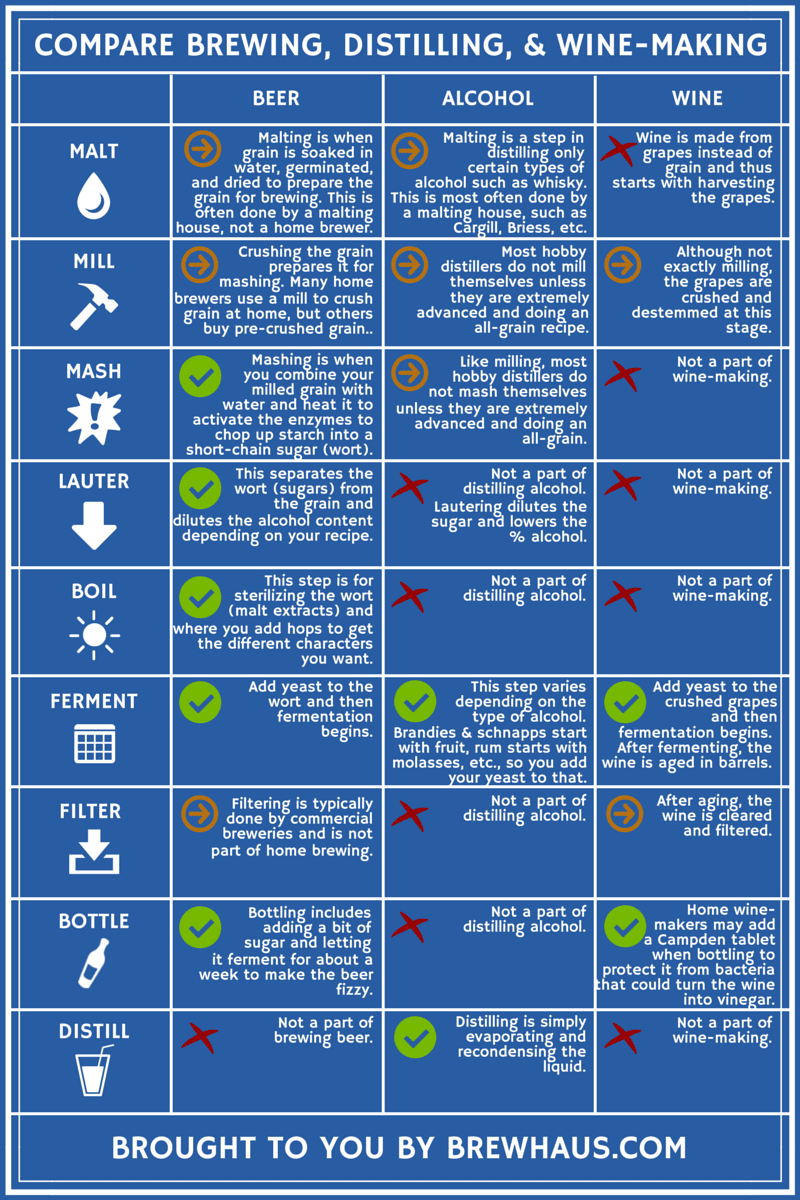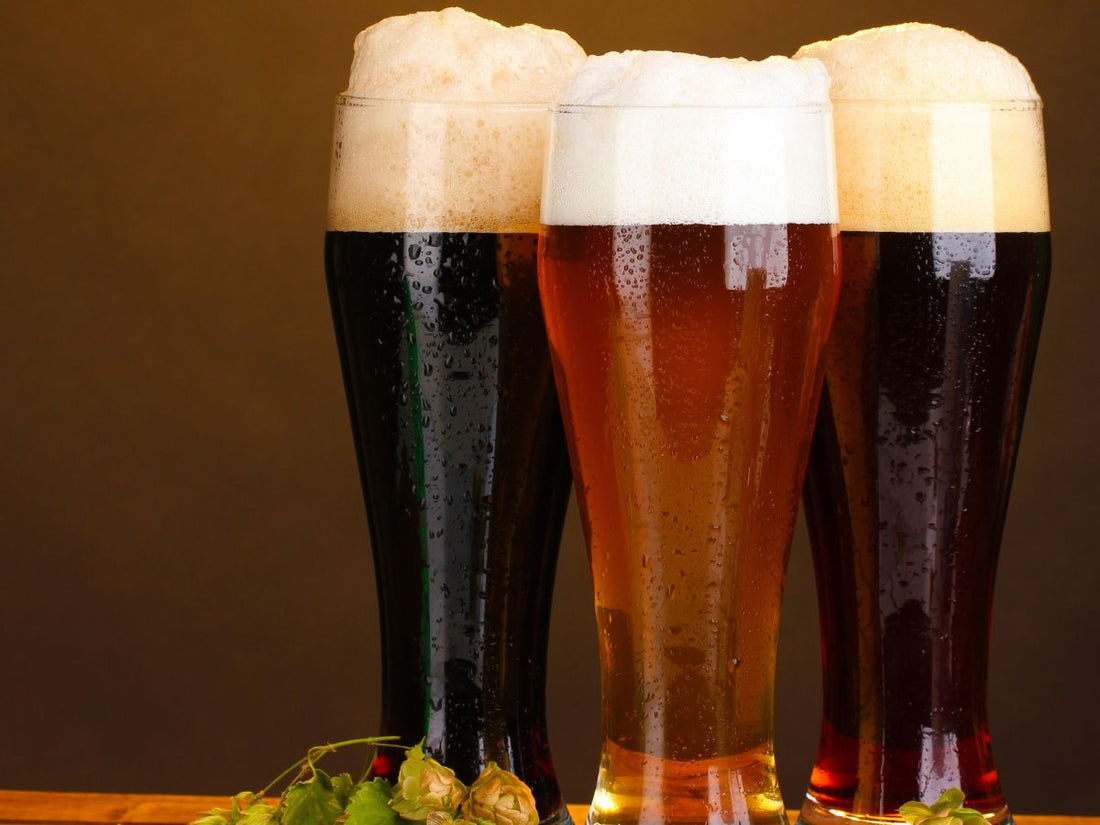Galveston Liquor: Your Overview to the Finest Spirits and Even More
Galveston Liquor: Your Overview to the Finest Spirits and Even More
Blog Article
From Mash to Bottle: The Complexities of Craft Distillery Manufacturing Revealed
Craft distillery production is a careful process that involves a series of elaborate actions to change raw components right into a polished spirit prepared for intake. From the first phases of mash preparation to the last touches of bottling and labeling, each phase of production plays a crucial role in shaping the personality and top quality of the end product (Breweries in Galveston Texas). As we unravel the intricacies of craft distillery production, we will certainly reveal the artistry and science behind each action, losing light on the surprise globe that finishes in the development of a distinct and outstanding spirit
The Art of Mash Preparation
Mash preparation in craft distillery production is a meticulous process that lays the structure for the high quality and taste account of the final distilled spirits. The art of mash preparation entails incorporating grains such as barley, corn, rye, or wheat with water and enzymes to transform the starches into fermentable sugars. This essential action calls for accuracy in the selection of grains, water quality, and enzyme task to make certain optimal sugar removal during fermentation.
Craft distilleries take terrific care in sourcing high-quality grains as they directly influence the preference and character of the spirits. The percentages of different grains utilized in the mash bill are additionally meticulously determined to achieve the desired taste profile. In addition, aspects such as water temperature, pH degrees, and blending techniques play a substantial function in the mashing procedure.
As soon as the mash is prepared, it undertakes fermentation, where yeast is added to transform sugars into alcohol. The quality of the mash directly affects the effectiveness of fermentation and inevitably, the general top quality of the distilled spirits. Craft distilleries pride themselves on their attention to information during mash preparation, identifying its value in developing extraordinary spirits.
Fermentation: Changing Components Into Alcohol
How do craft distilleries change thoroughly ready components right into alcohol via the procedure of fermentation? Fermentation is a critical step in craft distillery manufacturing where yeast interacts with sugars to produce alcohol.

Throughout fermentation, the temperature and atmosphere are carefully kept track of to make certain ideal problems for yeast activity. This procedure commonly takes numerous days to a week, depending upon the desired alcohol material and taste account. As the yeast functions its magic, the fluid goes through significant chemical changes, bring about the formation of alcohol.
When fermentation is full, the resulting fluid is referred to as the laundry or beer. This alcoholic fluid works as the structure for the subsequent distillation procedure, where it will certainly be transformed right into the final spirit with mindful craftsmanship and precision methods.
Distillation Strategies and Tools
Utilizing customized tools and precise techniques, craft distilleries use various purification methods to extract and fine-tune the alcohol web content of the fermented clean, ultimately shaping the personality and high quality of the final spirit. Purification is the procedure of dividing alcohol from the fermented fluid through evaporation and condensation. Craft distilleries typically use pot stills, column stills, or hybrid stills in their distillation processes. Pot stills, containing a swan and a pot neck, are known for producing flavorful spirits with rich appearances. On the other hand, column stills, which have multiple plates for distillation, are preferred for creating lighter and smoother spirits. Crossbreed see post stills combine aspects of both pot and column stills, using distillers adaptability in crafting a varied variety of spirits. The selection of still and the distillation technique used considerably influence the aroma, taste, and overall quality of the distilled spirit. Craft distillers typically explore different equipment arrangements and distillation approaches to accomplish outstanding and one-of-a-kind spirits that mirror their creative thinking and expertise.
Aging Process: From Barrel to Bottle
With the distilled spirits now prepared, the emphasis moves towards the crucial phase of the aging process, where the improvement from barrel to bottle imbues the fluid with unique tastes and attributes. The choice of barrel kind, whether oak, charred, or formerly used for other spirits, greatly affects the final preference account.

Bottling and Identifying: Final Touches
Upon conclusion of the aging process, the craft distillery carefully continues with the careful tasks of bottling and labeling, adding the last touches that will offer the spirit to customers. Craft distilleries usually make use of automated bottling lines outfitted with equipment such as fillers, labelers, and cappers to streamline the procedure.
Labeling is one more vital aspect of the bottling procedure. Distilleries pay close interest to classify style, guaranteeing it abides by regulative requirements while likewise conveying the brand's identification. Tags typically include crucial information like the spirit's name, alcohol material, and beginning. In addition, some craft distilleries hand-label their bottles for a personalized touch, particularly for minimal edition launches.
Once the containers are filled up, secured, and classified, they undergo a final assessment to assure they meet the distillery's requirements. This focus to information in the bottling and labeling process shows the craft distillery's dedication to supplying a costs item to consumers.

Verdict
To conclude, the process of craft distillery manufacturing involves thorough steps such as mash prep work, fermentation, distillation, aging, and bottling (Breweries in Galveston Texas). Each phase needs cautious focus to information and customized equipment to guarantee the end product meets high criteria of top quality. From transforming components right into alcohol to bottling and classifying the completed item, craft distilleries showcase the art and science behind developing exceptional spirits for critical customers
Craft distillery production is a careful procedure that includes a series of intricate actions to transform raw components right into a refined spirit prepared for consumption.Mash prep work more tips here in craft distillery manufacturing is a meticulous process that lays the structure for the high quality and taste account of the final distilled spirits. Craft distilleries satisfaction themselves on their interest to detail throughout mash prep work, acknowledging its importance in producing remarkable spirits.
Upon completion of the aging process, the craft distillery carefully proceeds with the precise jobs click site of bottling and labeling, adding the final touches that will provide the spirit to customers. From changing active ingredients right into alcohol to bottling and classifying the finished item, craft distilleries display the art and scientific research behind creating exceptional spirits for discerning consumers.
Report this page